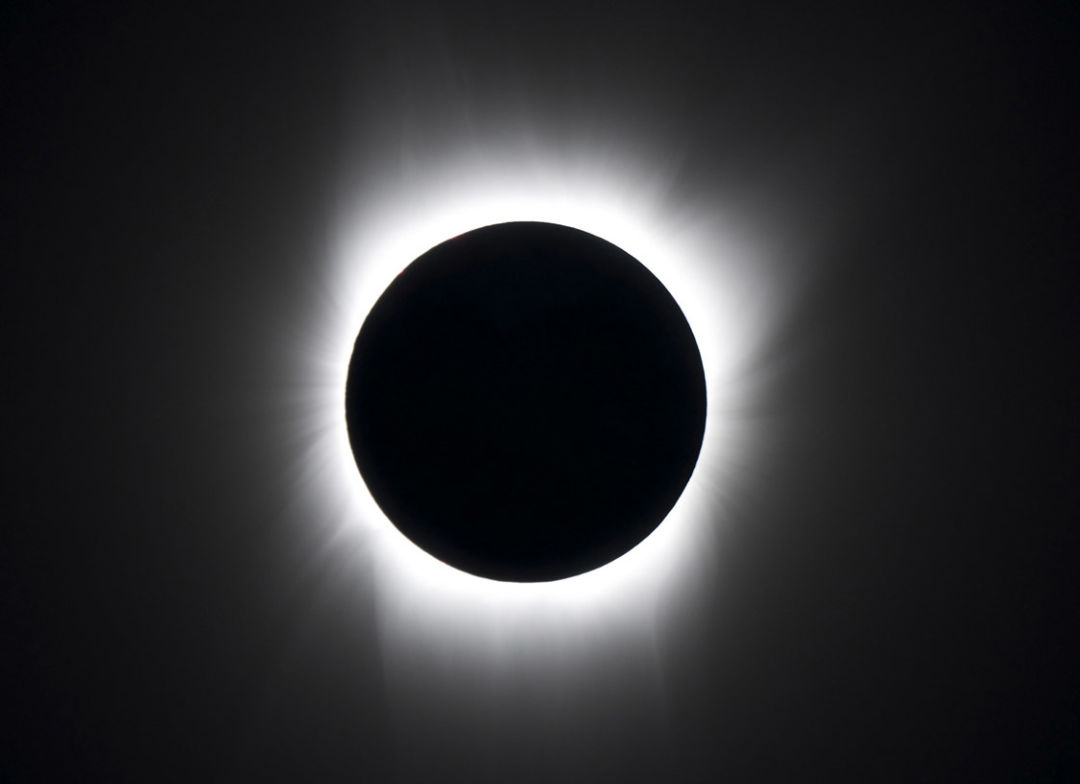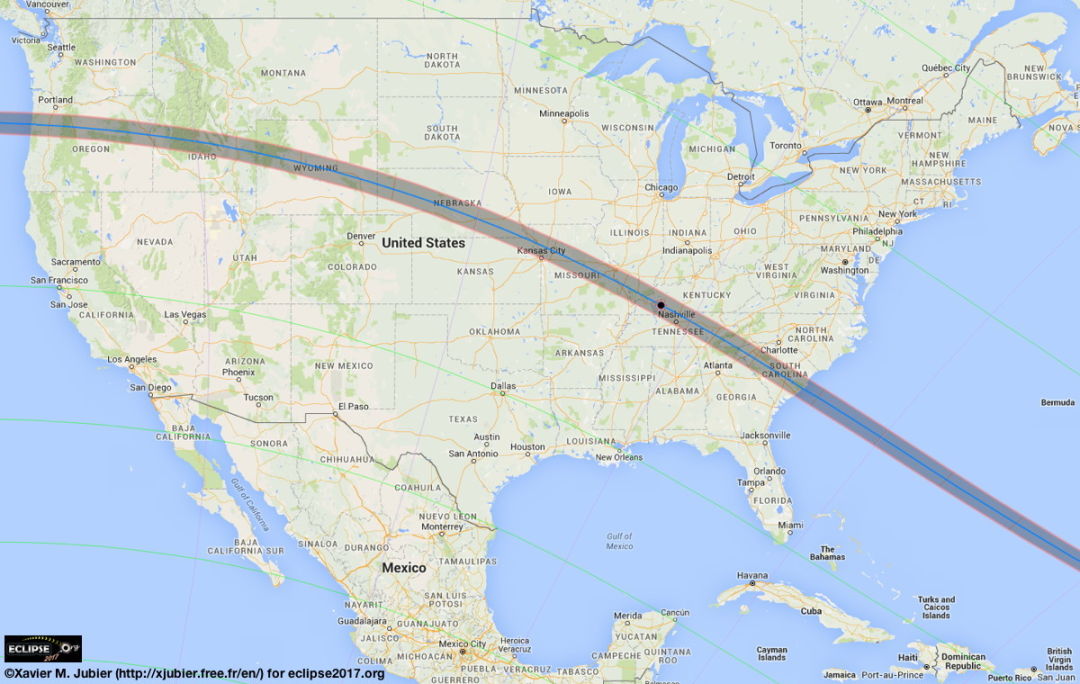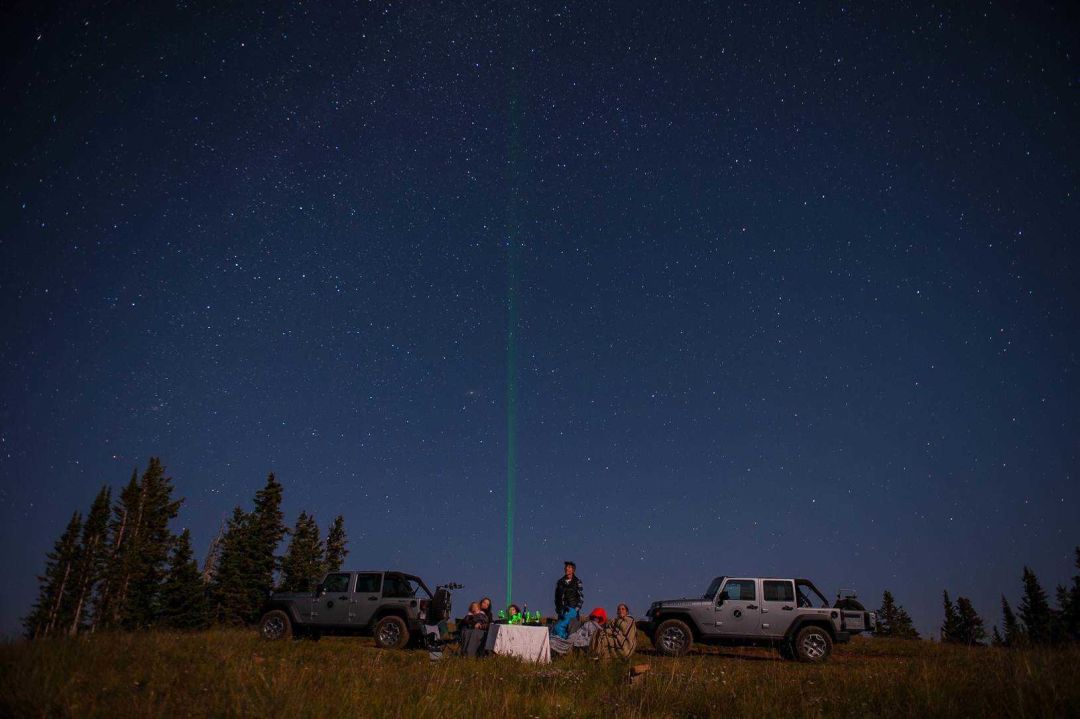Total Solar Eclipse 2017: When, Where, and How to See It in Aspen

Image: Courtesy: NASA
With Wyoming expecting more than 600,000 visitors—the majority coming from Colorado—we’re now thinking there’s no place like home to view the total solar eclipse (a.k.a. The Great American Eclipse) on Monday, August 21.
Situated among the high peaks of the Elk Mountains, Aspen is almost just as prime of a place to view the once-in-a-lifetime occurrence. Last week, we were lucky to snag a seat on a Stargazing Tour with The Little Nell Adventures crew, so we turned to lead summer guide Steven Goff and astronomy guide Ricky Wojcik for their expert recommendations on when, where, and how to see the eclipse.
When:
Wojcik says, “The eclipse will be at its maximum in Aspen at 11:43 a.m. in the southeastern part of the sky. It starts at 10:20 a.m. and ends at 1:11 p.m. The best viewing will be where the southeastern sky is clear."
Where:
Also a professional photographer, Goff says, "Obviously the more off-the-beaten path and farther away from light pollution, the better and more intimate the experience. So planning a hut trip or finding a campsite at a high-alpine lake like Capitol Lake or Snowmass Lake are ideal."
For those who want an easier adventure that you can get to by car, here are Goff's top picks:
- The backside of Aspen Mountain via Little Annie Road
- The top of Independence Pass via Highway 82
- Ashcroft Ghost Town via Castle Creek Road
Wojcik recommends:
- Maroon Bells (although it will likely be very crowded, the eclipse will be visible just to the left of the peaks)
- Triangle Peak (you should be able to look toward Aspen and see the eclipse over the town)
- Lenado (chances of running into other people here are slimmer)
He adds, “I have never seen a solar eclipse, but I've heard that as they happen, all the surrounding birds and other animals will go silent. This is why we suggest anywhere far enough from other people that you'll also be able to hear the changes in nature.”

Aspen is only 395.3 miles from Casper, Wyoming, the nearest city in the path of totality.
Image: Xavier M. Jubier
How:
Yes, those warnings you’ve heard are true. Wojnick says, “Whatever you do, do not look directly at the sun. It will seriously hurt your eyes and could cause you to go blind. Instead, you should make a pinhole projector. All you need is two sheets of paper and a thumbtack or something to make a neat hole. The idea is to watch the eclipse as a projected shadow." The steps are as follows:
1. Take one sheet of paper and make a tiny hole in the middle of it using a pin or a thumbtack. Make sure that the hole is round and smooth.
2. With your back towards the sun, hold that piece of paper above your shoulder, allowing the sun to shine on it.
3. The second sheet of paper will act as a screen. Hold it at a distance behind the first sheet, and you will see an inverted image of the sun projected on the paper screen through the pinhole.
4. To make the image of the sun larger, hold the screen paper farther away from the paper with the pinhole.
You can also buy solar eclipse glasses, which make it safe to look at the sun (sunglasses don't count). Carl’s Pharmacy in Aspen is already sold out, but expects another shipment next week. Aspen Science Center is hosting Solar Eclipse Day at the Pitkin County Library on Monday, August 21 (9:30 a.m.), where you can pick up a free pair and learn more tips to make the most of your viewing experience.

Image: Steven Goff
Book:
One opening remains for a Four-Hour Off Road Tour during The Great American Eclipse on Monday, August 21, which departs at 9:30 a.m. from The Little Nell’s front drive, the heads out on Castle Creek Road and up Express Creek Road. Most of the route is above tree line, passing by several stunning lakes with plenty of photo opps, plus a charcuterie spread to enjoy. Guests will return to the top of Aspen Mountain via Little Annie Road and descend down the face straight back to the hotel. $690 (up to four guests), thelittlenell.com
The best way to see the big show or Aspen’s nightly explosion in the sky after? Book a private ride with Goff and Wojcik themselves, who've spent the summer taking guests on bespoke Stargazing Tour outings in either a Audi Q7 or Jeep Rubicon up the backside of Aspen Mountain to see meteor showers, shooting stars, quarter moons, and constellations—sweet treats and warm drinks from element 47 included. About to embark on his senior year at Aspen High School, Wojcik is one of a select group of Astronomy Club students working in partnership with the impressive and informative program, which AHS alum Anna Kate Belinsky and science teacher Travis Moore formed with the hotel in 2015. $528 per trip (up to four guests), tours run through September with monthly outings planned for the winter season, thelittlenell.com
And don’t miss the Aspen Center for Environmental Studies' 2nd annual Stars Above Aspen event, in partnership with Aspen Skiing Company, on Monday, August 14 (6–10:30 p.m.). The all out-astronomy celebration takes place at the Sundeck and on Richmond Ridge with telescope stations, a STARLAB planetarium, sunset yoga, interactive presentations, a liquid nitrogen ice cream bar, and more. $15 (includes gondola ride, children 3 and under are free), aspennature.org













































